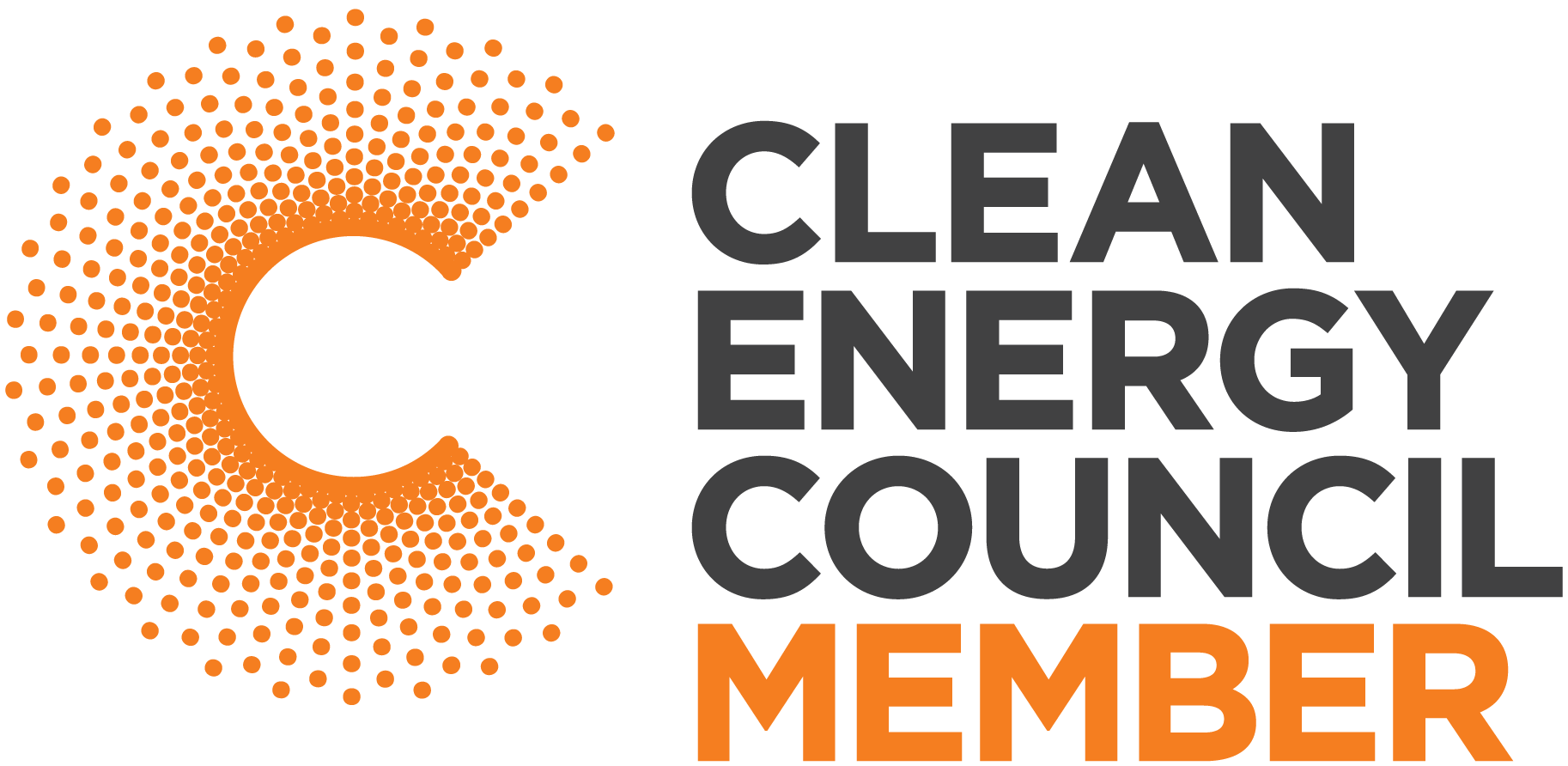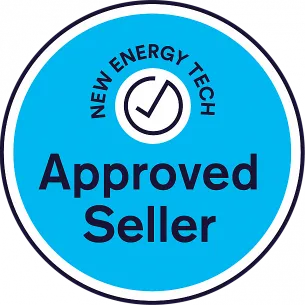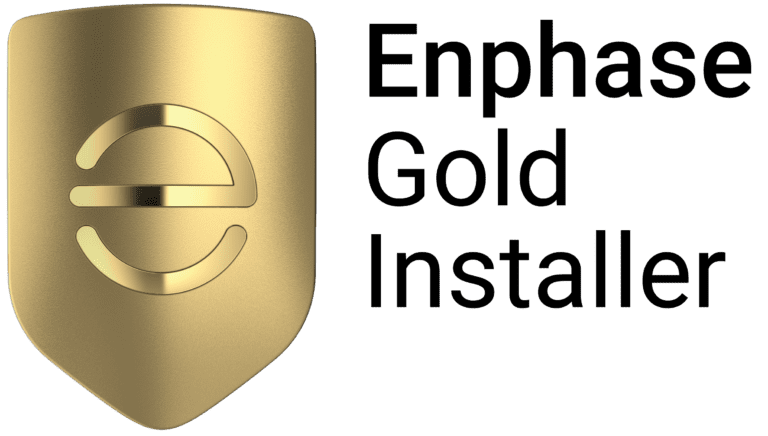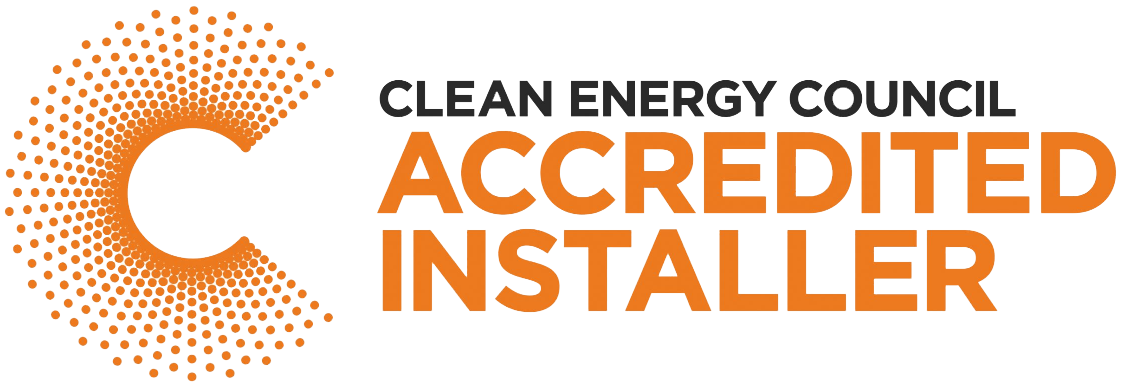About us
Welcome to Solar Partners Australia!
We’re thrilled to introduce ourselves, and we want you to get to know the heart and soul behind our company. Solar Partners Australia isn’t just a business; it’s a labor of love, driven by our family’s passion for sustainable energy.

We’re Shane and Angie Hinchliffe, the proud owners and operators of our family-owned company.
Shane brings over two decades of experience as a Licensed Electrician in the solar industry. He’s been a part of the solar revolution since its early days, witnessing its evolution and growth. But before we launched Solar Partners in 2014, we spent more than 14 years running another company called Hot H2o. It specialised in solar hot water and solar power, giving us an even deeper understanding of the industry’s ins and outs.
Our home and workplace are nestled in the breathtaking Blue Mountains, where we share our lives with our three wonderful sons. Being a part of this tight-knit community is a source of immense pride for us. We cherish the relationships we’ve built and the trust we’ve earned as a local company.
Why did we choose the name ‘Solar Partners’?
It’s simple: we believe in partnership. When you decide to invest in solar for your home or business, it’s a significant step, and it can feel overwhelming.
That’s where we come in. We’re not here to just sell you a solar system and call it a day.
We’re here to build a lasting partnership where you feel supported and cared for from the very beginning, and long after your solar system is installed.
Our commitment to excellence has earned us a fantastic reputation. In fact, more than 80% of our new customers come to us through referrals.
It’s a testament to the professional quality and exceptional service that we deliver every day.
We’d love to embark on this solar journey with you, and move you towards a brighter, cleaner future.
Meet the team
Jay McFarlane
Josh Roberts
Cooper Ladd
Andrea Bryans
GET THE RIGHT SOLUTION
Why choose us

Personal Warranty
We stand behind our workmanship with a solid 10-year warranty. That’s a decade of peace of mind. We’re committed to making sure your solar power functions flawlessly for years to come with free ongoing health checks to ensure your system is operating to its full potential.

Clean Energy Council Member

New Energy Tech Approved Seller
Our commitment to excellence is further validated by being a New Energy Tech Approved Seller. This means we must adhere to the Consumer Code. The intention of this code is to raise standards of consumer protection.
Don’t take it from us

More than 80% of our work comes from referrals
STRESS FREE SOLAR
Working with Solar Partners is easy
Gain, progress and rise when you trust our experienced team to maximise, retain and grow your earnings. Choose to cultivate your wealth and watch it blossom into financial security.

Schedule a Call
Contact our team and we’ll book a free on-site assessment where we will assess your roof space and previous energy bills and discuss your solar needs.

Start Saving Straight Away
We will have you saving money straight away with the design and installation the ideal solar system for your energy consumption.

Peace of Mind
Enjoy the peace of mind that comes from installing a quality system that delivers long-term by the team of professionals at Solar Partners.

Proud to be a New Energy Tech Approved Seller
Committed to consumer protection and standards
Designed by peak industry and consumer bodies
Authorised by the ACCC
Standards for the complete customer journey





Frequently asked Questions
How does solar work?
Solar Panels Capture Sunlight
Solar panels, made up of photovoltaic (PV) cells, are installed on rooftops or open areas in homes. These panels capture sunlight and convert it into direct current (DC) electricity.
Conversion to Usable Electricity
The DC electricity is then passed through an inverter, which converts it into alternating current (AC) electricity. AC is the standard form of electricity used in homes to power lights, appliances, and other devices.
Distribution
Once converted, the electricity is distributed throughout the home, just like electricity from the grid.
Excess Energy Storage or Feed-in
If the solar system produces more electricity than the home needs, the excess can be stored in batteries for later use or fed back into the grid, earning the homeowner credits or even income, depending on local regulations and feed-in tariff schemes.
What is the installation process for solar?
Wha are the Government rebates currently available?
Federal and State Solar Incentives
Governments around the world are waking up to the immense potential of solar energy. In New South Wales, there’s a concerted effort to make solar energy accessible and affordable for everyone. Through a range of incentives and rebates, the NSW government is ensuring that the transition to solar is not just environmentally responsible but also financially rewarding.
The NSW government recognises the importance of solar energy and offers various incentives:
NSW Solar Rebate
Households in NSW can benefit from rebates and schemes that make installing solar more affordable.
Rebate Swap for Solar and Energy Efficient Upgrades: Up to 30,000 NSW households can benefit from the energy bill buster package, which aims to reduce their energy bills.
Eligible homeowner-occupiers can swap their Low Income Household Rebate for a free, fully installed, 3-kilowatt solar
system. This initiative provides access to affordable clean energy, significantly reducing household electricity bills for years to come. To be eligible:
- You must currently receive the Low Income Household Rebate.
- Agree not to receive the rebate for 10 years.
- Hold a valid Pensioner Concession Card or Department of Veterans’ Affairs Gold Card.
- Own and live in your house.
- Not already have a solar PV system.
Solar for Low Income Households
The NSW Government offers a solar for low income households program, providing eligible households with a free solar system.
What equipment is installed?
Solar Panels (Photovoltaic Panels)
These are the primary components that capture sunlight and initiate the energy conversion process. Inverter This device converts the DC electricity generated by the solar panels into AC electricity suitable for home use. Mounting Equipment These are the structures on which solar panels are mounted. They ensure the panels are securely attached to rooftops or ground mounts.
Solar Batteries (Optional)
For homes that want to store excess energy, solar batteries can be installed. They store surplus electricity for use during nighttime or cloudy days.
Monitoring System
Many modern solar installations come with monitoring systems that allow homeowners to track their energy production and consumption in real-time.
What are the environmental benefits of solar?
Our planet is at a pivotal point. The environmental challenges we face today, from rising temperatures to polluted air, demand immediate action. Solar energy stands out as an eco-friendly solution that not only powers our homes and businesses but also protects our environment. Embracing solar is not just a step towards sustainable energy; it’s a stride towards a cleaner, greener planet.
Solar energy is one of the cleanest sources of energy and will help:
Reduce Your Carbon Footprint. Unlike other energy sources, solar panels do not release harmful carbon dioxide or pollutants. This means a significant reduction in harmful emissions.
Combat Climate Change. By transitioning to solar energy, we can reduce the greenhouse gas emissions responsible for global warming, making a significant impact in the fight against climate change.
What are feed-in tariffs?
Feed-in Tariffs: Turn Your Excess Solar Energy into Savings
Harnessing the power of the sun through solar panels not only reduces your electricity bills but can also become a source of income. Here’s how:
When your solar panels produce more electricity than your household consumes, this excess energy doesn’t go to waste. Instead, it’s fed back into the electricity grid, and you get compensated for it. This compensation is known as a ‘feed-in tariff’.
Benefits of Feed-in Tariffs
Financial Rewards: With feed-in tariffs, you’re essentially turning your solar installation into a mini power station. Every kilowatt-hour of excess energy you export to the grid translates to credits on your electricity bill. Over time, these credits can add up, offsetting your energy costs or even resulting in a net positive bill where the energy company owes you.
Supporting the Grid: By feeding your surplus solar energy back into the grid, you’re supporting the broader community. This distributed energy can help reduce the load on power stations during peak times, leading to a more resilient and efficient energy system.
Encouraging Renewable Energy
Feed-in tariffs serve as an incentive for more households to adopt solar energy. The more households feed solar energy back into the grid, the less reliant the community becomes on fossil fuels, promoting a cleaner and more sustainable energy future.
Flexibility and Control
Many solar systems come with advanced monitoring capabilities. You can track how much energy you’re producing, consuming, and exporting back to the grid. This data empowers you to make informed decisions, such as the best times to use energy-intensive appliances to maximise your feed-in tariff earnings.
Feed-in tariffs offer a win-win situation. Households benefit financially from their excess solar energy, while the community enjoys a more sustainable and reliable energy supply. If you’re considering solar, it’s essential to check the feed-in tariff rates offered by different energy providers to ensure you’re getting the best deal.




